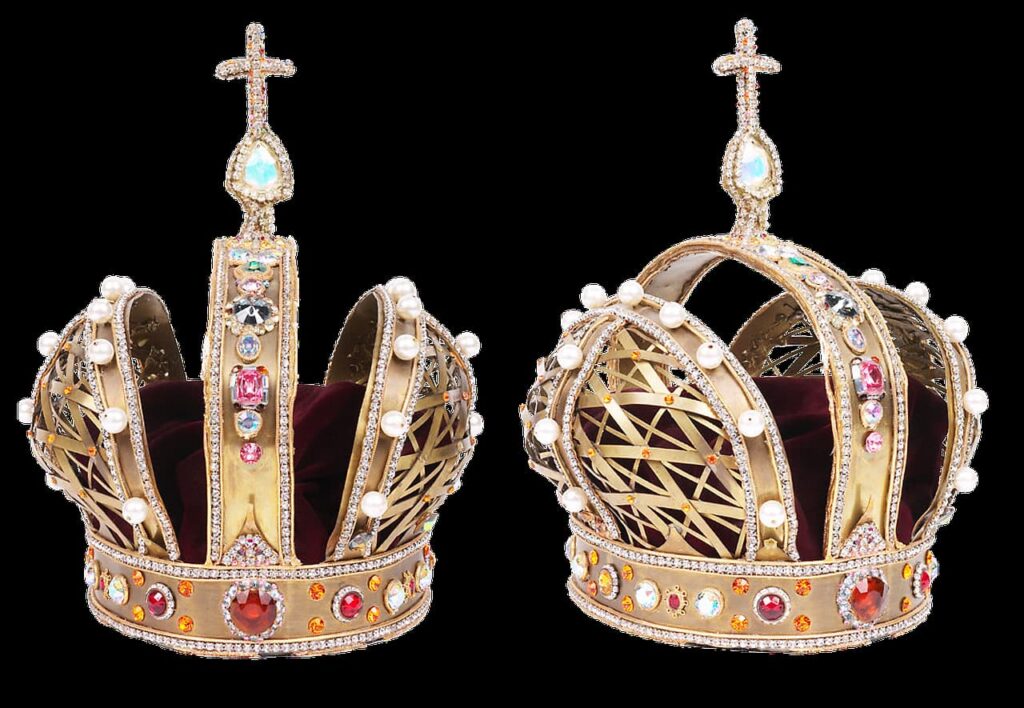
The question of value is one of the most debated within the economic discussion, to the extent that a large number of scholars on the subject started their analysis wondering what was the reason why people decided to work, and exchange the product of their I work for other goods. All the discussion regarding the theory of value brings with it a series of controversies that reach the bone of economics, and that often have edges related to philosophy.
Classical economics
Classical economic theory, based on Adam smith at the end of the eighteenth century assumed that the job it is the exact measurement quality that quantifies the value. Changes in the value of goods exist, but behind them is invariably the work deposited in them for their transformation, which is the definitive and invariable pattern of value.
Time after, David ricardo He took Smith’s theory and complemented it, considering that there are two types of goods, those that are reproducible and those that are not: the first will depend on the work deposited in their realization, while the second will depend on the scarcity.
Both economists, however, distinguished between the valuation as consumption and use of goods with respect to the valuation for the exchange: However, founding the value in the work deposited in the realization of the products diffuses these two visions between them.
Alternative currents: Austrians and Marxists
The most orthodox current of economics that has devoted itself to the meticulous study of value is the austrian school, which considers that the value that consumers assign to the product is related to needs, which are in the first instance individual and particular. They consider that value cannot and cannot be produced: production only generates goods that have value from the consideration that consumers make of them.
The Marxist theory, one of the most important of the nineteenth century, has as a particular consideration an unprecedented view of value. It is that the double vision that has the value in this theory is that of satisfying a need, at the same time as belonging to an accumulation of goods, the accumulation of the totality of human production that is not comparable with each other and that happens to be. starting from having something in common, which is human labor enclosed in the production of all goods, in particular abstract human labor, since it no longer has to do with the socially necessary product in question. The objectification of the presence of labor in all goods is fundamental to the later conclusion of Marx, and the theory of surplus value.
Examples of value in use and exchange value
Thus, the visions of value that were given throughout history were different.
Considering the difference between use value and exchange value brings with it some economic interpretation, therefore examples of value will be analyzed, clarifying how it would be interpreted in some cases.
- A worker who can make four clocks in a day, has his workforce a use value four clocks per day.
- The exchange value of reproducible products, for Marxism, is materialized in the time of abstract labor socially necessary for its realization.
- The exchange value of a garment fluctuates throughout the year and with respect to fashions, although the work deposited in it is the same permanently.
- Agricultural goods are listed on the international market with a single price there, so they have a exchange value stipulated internationally.
- The use value of the products must be specifically thought out, insofar as the duration that it has will possibly be time in which the consumer does not buy another one.
- The use value of a machine is the ability to produce without wearing out.
- The use value of a computer will be different for a child, than for a software developer.
- The value of shares and debt securities fluctuates in the market, iterating until reaching a definitive exchange value.
- The use value of a vegetable could be the consumption, or its use in the elaboration of another food.
- Products such as paintings determine their value with respect to the utility made by connoisseurs, being their exchange value different depending on the observer.
